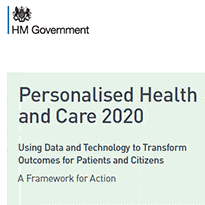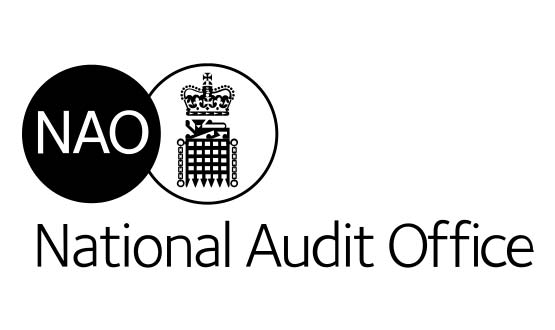New push on standards in NIB framework
- 13 November 2014

The National Information Board’s IT strategy includes a strong drive on standards, as it attempts to chart a course between a centralised approach and encouraging local innovation.
‘Personalised Health and Care 2020’, issued this morning, says it is “not a strategy in the conventional sense” and “not a national plan.” Instead, it says it is a “framework for action” by staff, patients and citizens.
Despite this, it sets out a clear role for central bodies in running national systems, promoting standards, encouraging trusts to club together to buy IT, creating new markets, and setting up test-beds for innovation.
“At times, the health and care system has tried highly centralised national procurements and implementations. When they have failed… we have veered to the opposite extreme of ‘letting a thousand flowers bloom’,” it says.
“In future, we intend to take a different approach. We will be tight on standards and definitions, and clear on expectations regarding interoperability, but we will support local decision making on systems, programmes, interfaces and applications.”
The document says key systems will remain national responsibilities to act as “electronic glue” for the health service.
But otherwise “digitally mature” local health and care communities will be able “to decide upon and procure their own solutions” as long as they meet “nationally speci?ed technical and professional standards.”
By April next year, the Health and Social Care Information Centre will publish a roadmap with the standards that organisations need to meet in order to access “core transaction systems” such as the Spine and the new eReferral service.
The HSCIC, Care Quality Commission, Monitor and the NHS Trust Development Authority will also publish data quality standards for all NHS care providers by October 2015, which will be included within the CQC’s regulatory regime from the following year.
The NIB framework has also doubled down on old National Information Board's 2011 decision to adopt SNOMED Clinical Terms as a single healthcare terminology, saying it will “actively collaborate” to ensure that all primary care systems adopt it by the end of 2016.
The document states that the entire health system should adopt SNOMED CT by April 2020, and says the NIB will work with local authorities to understand and address how the move will affect social care.
The NIB framework also reiterates the ambition of NHS IT strategies past to make the NHS Number the unique identifier for the health service.
It says that as a “basic requirement” the NHS Number “must be used to identify patients for all care they receive in the NHS and social care” and that NHS England, the Department of Health and HSCIC will work with commissioners and providers, including local authorities, “to agree how the NHS Number can be universally adopted.”
The National Institute for Health and Care Evidence, along with other members of the NIB, will convene a forum to support the adoption of semantic web technologies and the further development of established semantic standards. The framework also pushes the GS1 standard for coding patient, supplies and places.
New buying models are another focus of the strategy. Following the end of the local service provider contracts placed by the National Programme for IT in the NHS in April 2016, the document says the HSCIC will support the creation of local buying consortia when requested by care providers to “support trusts [to] make the best possible procurement decisions.”
It says further procurements under the GP Systems of Choice framework will be used to stimulate the supply of new and innovative systems for out of hospital services” alongside “new forms of software-as-a-service clinical systems.” A ‘prospectus’ for these moves will be published by June next year.
A further focus for central action will be the development of new innovation centres. NHS England, the DH and other NIB members will develop a small number of “test bed” sites alongside academic health science networks to try out “combinatorial innovations” to integrate new technologies, bioinformatics, new staffing models and payment for outcomes.
In total, Personalising Health and Care 2020 has six sections, identifying how NHS IT can help to deliver on the imperatives of the ‘Five Year Forward View’ issued by NHS England chief executive Simon Stevens to bridge a potential gap of £30 billion between flat funding and rising demand.
The sections additionally include discussions of how to support patient choice, give clinicians “access to the information they need”, and promote trust. Further detail will emerge in roadmaps over the next few months.



